The debate between mocha and latte is not just about taste but also about understanding the distinct characteristics that define these beloved beverages. Both coffee drinks have their unique charm and fan following, making them staples in coffee shops around the globe. This article delves into the nuances of mocha vs latte, exploring their ingredients, preparation methods, flavor profiles, and serving styles. Whether you’re a seasoned coffee aficionado or a curious newcomer, understanding these differences can greatly enhance your coffee-drinking experience. Join us as we uncover what sets these coffee classics apart, helping you make an informed choice on your next visit to your favorite café.
Latte vs Mocha: Key Differences
- Base Ingredient: Lattes primarily focus on the espresso and milk combination, whereas mochas incorporate chocolate (either as syrup or cocoa powder) along with espresso and milk.
- Flavor Profile: A latte offers a creamy and subtle coffee flavor, while a mocha presents a rich blend of chocolate and coffee, often resulting in a sweeter taste.
- Caloric Content: Mochas typically have a higher calorie count due to the addition of chocolate and potential sweet toppings like whipped cream, compared to the more straightforward composition of lattes.
- Texture: Lattes are known for their smooth, velvety milk texture, whereas mochas have a slightly thicker consistency because of their chocolate content.
- Serving Style: Lattes are often served with artistic latte art on top of the foam, emphasizing the barista’s skill, while mochas might be garnished with whipped cream, chocolate shavings, or a dusting of cocoa powder, highlighting their indulgent nature.
- Customization Options: While both drinks offer customization options like flavored syrups or alternative milk choices, mochas additionally allow for variations in the type and amount of chocolate used, offering a different dimension of flavor customization.
Ingredients and Preparation
The art of making coffee drinks like lattes and mochas involves a blend of the right ingredients and techniques. This guide provides detailed insights into creating these popular beverages, focusing on the key ingredients and step-by-step preparation methods.
Mocha Ingredients

A mocha combines the rich flavors of coffee and chocolate, creating a delightful beverage. Here are the essential components:
- Espresso: The base of a mocha, typically a single or double shot.
- Chocolate Syrup or Cocoa Powder: For the distinctive chocolate flavor.
- Milk: Steamed and frothed to a creamy consistency.
- Whipped Cream: Optional, for topping.
- Optional Additives: Like vanilla, peppermint, or caramel for additional flavors.
Latte Ingredients

A latte is a popular coffee drink known for its creamy texture and strong espresso flavor. The key ingredients include:
- Espresso: Usually one or two shots, forming the robust base of this beverage.
- Milk: Steamed to create a smooth, velvety texture.
- Foam: A thin layer of milk foam on top.
How to Make a Mocha

To learn how to make a mocha, follow these steps for a perfect blend of coffee and chocolate:
- Brew Espresso: Start by brewing a shot or two of espresso.
- Add Chocolate: Mix in chocolate syrup or cocoa powder.
- Steam Milk: Heat and froth the milk until it’s creamy.
- Combine: Pour the steamed milk into the espresso-chocolate mixture.
- Top with Whipped Cream: Optionally, add whipped cream and any additional flavorings.
How to Make a Latte

Learning how to make a latte involves a focus on the harmony between espresso and milk:
- Brew Espresso: Begin with one or two shots of espresso.
- Steam Milk: Heat the milk, frothing it to a creamy texture.
- Combine: Gently pour the steamed milk into the espresso, creating a rich blend.
- Top with Foam: Add a small amount of milk foam on top.
The Role of Espresso

Espresso plays a pivotal role in both mochas and lattes, impacting their overall character and taste:
- Coffee Base: Acts as the primary and essential base for these drinks.
- Flavor Influence: Its strong flavor significantly shapes the beverage’s overall profile.
- Crema Importance: The crema, a creamy foam on top of a freshly brewed shot, is a marker of quality.
- Foundation for Ingredients: Sets the stage for the addition of other ingredients like milk and chocolate.
- Taste Determinant: The quality and preparation of the espresso determine the final taste of the drink.
Frothing Milk
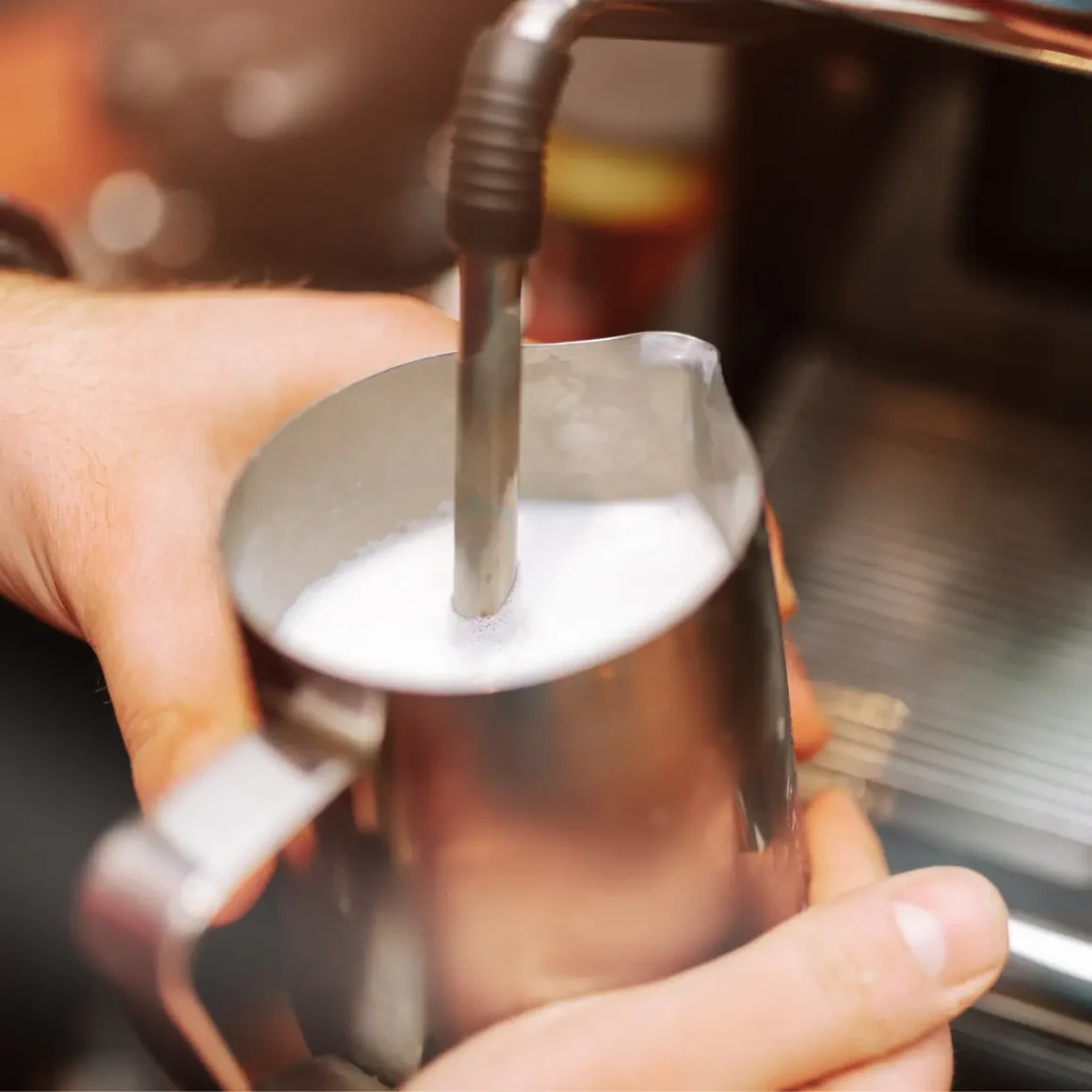
Frothing milk is a critical technique in the preparation of both lattes and mochas, contributing to their texture and taste:
- Heating and Air Incorporation: Involves heating the milk and adding air to create froth.
- Texture Goal: Aim for smooth, velvety milk with no large bubbles.
- Integration with Espresso: Properly frothed milk should combine seamlessly with the espresso.
- Signature Texture and Taste: Essential for achieving the characteristic feel and flavor of these coffee drinks.
Overall, the art of making a mocha or latte lies not just in the ingredients but in the careful preparation and blending of these components. Mastery of espresso extraction and milk frothing can transform these simple ingredients into exquisite, café-quality beverages.
Flavor Profile
Understanding the flavor profiles of popular coffee drinks like mochas and lattes helps in appreciating their unique characteristics. This section delves into their distinct tastes, sweetness levels, the balance between cocoa and coffee flavors, the role of creaminess, and the various flavor variations that can be created.
Mocha Flavor Profile

The flavor profile of this coffee drink is a rich blend of coffee and chocolate, creating a harmonious balance:
- Coffee Base: Strong espresso provides a robust and deep coffee flavor.
- Chocolate Sweetness: Chocolate syrup or cocoa adds sweetness and a smooth chocolate taste.
- Milk Texture: Steamed milk contributes to a creamy consistency, softening the espresso’s intensity.
- Optional Toppings: Whipped cream and additional flavorings can enhance its richness.
Latte Flavor Profile
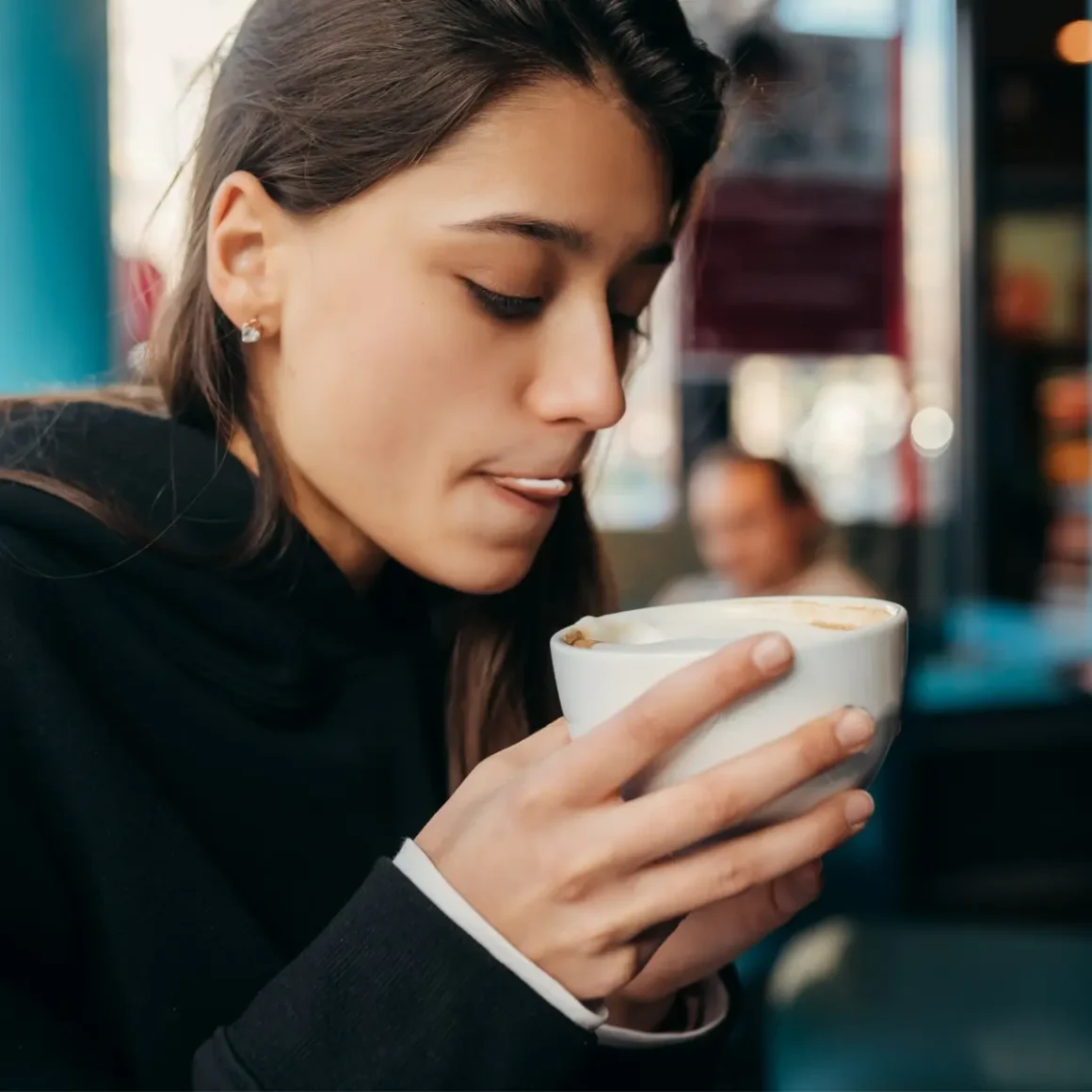
Lattes offer a more subtle flavor profile, focusing on the espresso and milk harmony:
- Espresso Dominance: The flavor is primarily driven by the quality of the espresso.
- Mild Sweetness: Natural sweetness comes from the milk, with an option to add syrups.
- Creamy Texture: Steamed milk provides a smooth and velvety mouthfeel.
- Subtlety: Lattes are less intense than mochas, making them perfect for those who prefer a gentler coffee experience.
Sweetness Levels

Sweetness in these beverages can vary significantly:
- Mocha: Generally sweeter due to the addition of chocolate.
- Latte: Naturally sweet from the milk but can be adjusted with syrups.
- Customization: Sweetness levels can be tailored to personal preference in both drinks.
Cocoa vs Coffee Flavor

The balance between cocoa and coffee is crucial in mochas:
- Mocha: Features a prominent chocolate flavor complemented by espresso.
- Latte: Focuses on the coffee taste, with milk enhancing the espresso’s natural flavors.
- This contrast highlights the unique appeal of each beverage.
Creaminess in Lattes
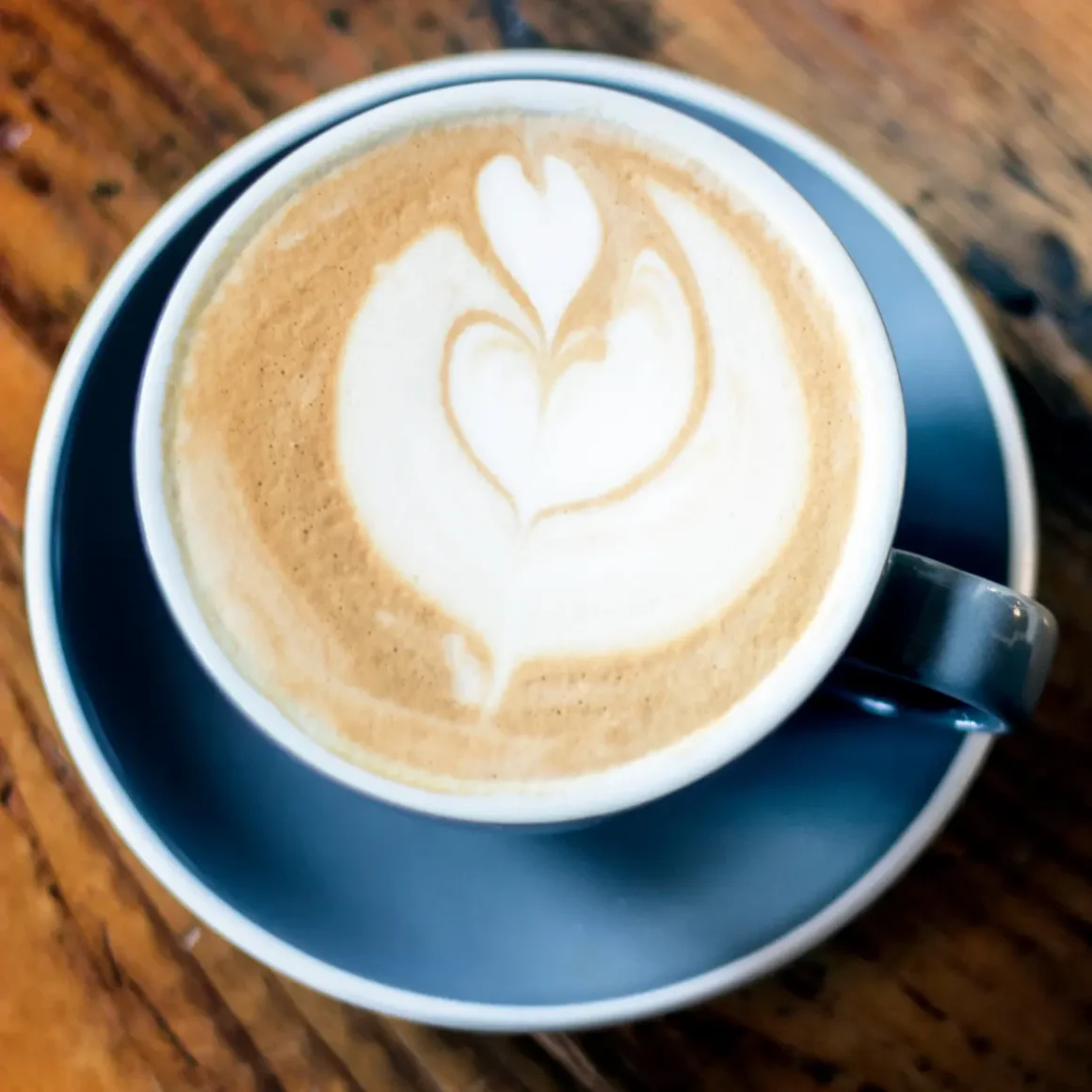
Creaminess is a defining feature of lattes:
- Milk Frothing: Essential for achieving the signature smooth texture.
- Balance with Espresso: The creaminess of the milk should harmonize with the espresso, not overpower it.
Flavor Variations
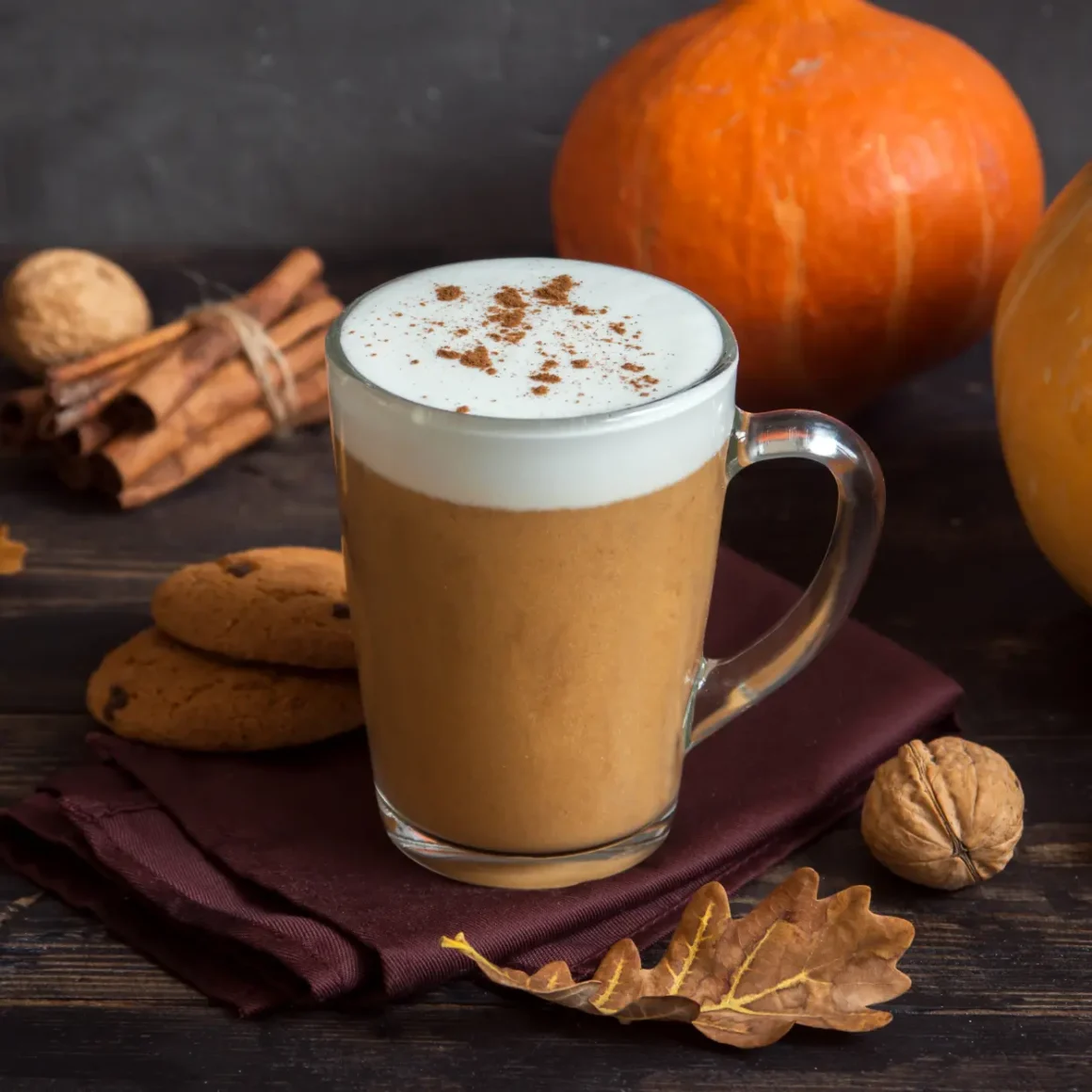
Both mochas and lattes offer room for creative variations:
- Seasonal Syrups: Pumpkin spice, peppermint, caramel, and more can be added.
- Milk Alternatives: Soy, almond, oat, and other plant-based milks offer different flavor profiles.
- Spices: Cinnamon, nutmeg, or cardamom can add a unique twist.
The flavor profiles of these coffee drinks are diverse and adaptable, catering to a wide range of preferences. From the rich and sweet mocha to the smooth and subtle latte, each offers a unique taste experience. By understanding these profiles and the flexibility in sweetness and creaminess, coffee enthusiasts can fine-tune their beverages to perfection.
Mocha vs Latte: Caffeine Content

When comparing mochas and lattes, understanding their caffeine content is crucial for coffee enthusiasts and those mindful of their caffeine intake. This section explores whether these popular beverages contain caffeine, the specific amounts present, the effects of espresso, decaffeinated options, considerations for caffeine sensitivity, and how to customize caffeine levels.
Does a Mocha Have Caffeine?
Understanding the question does a mocha have caffeine is crucial for consumers:
- Presence of Caffeine: Mochas do contain caffeine. The amount is primarily determined by the espresso used as the base, ranging from 80 to 105mg.
- Influence of Chocolate: While chocolate adds a negligible amount of caffeine, it’s the espresso that significantly contributes to the total caffeine content.
- Variability: The caffeine content can vary depending on the number of espresso shots and the coffee beans used.
How Much Caffeine is in a Latte
Knowing how much caffeine is in a latte can influence a consumer’s choice:
- Espresso-Based: Lattes derive their caffeine content mainly from the espresso.
- Standard Serving: A typical latte with one shot of espresso contains approximately 63-65 mg of caffeine.
- Double Shots: Lattes with double shots of espresso will naturally have double the caffeine content, around 126-130 mg.
Effects of Espresso
The role of espresso in determining caffeine content is significant:
- Primary Source of Caffeine: In both mochas and lattes, espresso is the key contributor to caffeine content.
- Intensity of Espresso: The strength and amount of espresso used will directly impact the caffeine level.
- Brewing Method: The method of brewing espresso can also affect the caffeine concentration.
Decaf Options
Exploring decaf options is important for those wanting to enjoy coffee with less caffeine:
- Best Decaf Coffee: For those looking to enjoy mochas or lattes with minimal caffeine, choosing the best decaf coffee is essential.
- Availability: Most coffee shops offer decaffeinated espresso options, significantly reducing the caffeine content of the beverage.
- Flavor Retention: High-quality decaf coffee retains the flavor profile, ensuring a satisfying coffee experience without the caffeine.
Caffeine Sensitivity
Caffeine sensitivity varies among individuals:
- Individual Tolerance: People have different levels of caffeine sensitivity, which can influence their choice between mochas, lattes, or decaf options.
- Monitoring Intake: Understanding personal caffeine tolerance levels can help make informed coffee consumption decisions.
Customizing Caffeine Levels
Customization of caffeine levels is possible in these beverages:
- Adjusting Espresso Shots: Altering the number of espresso shots in a mocha or latte can directly modify the caffeine content.
- Decaf and Regular Blends: Combining decaf and regular espresso allows for a customized balance of flavor and caffeine.
- Bean Choice: Selecting beans with varying caffeine levels can also provide control over the caffeine content in these beverages.
In summary, mochas and lattes contain caffeine, primarily due to the espresso component. The amount of caffeine can vary based on the number of espresso shots and the type of coffee used. Decaf options offer a low-caffeine alternative, catering to those with caffeine sensitivity or preferences. Understanding these aspects allows coffee lovers to customize their beverages to their desired caffeine level, ensuring a pleasurable and suitable coffee experience.
Serving Styles
The serving style of coffee drinks like mochas and lattes is as important as their taste, contributing significantly to the overall coffee experience. This section covers various aspects of serving styles, including presentation techniques, popular variations, iced versions, the artistry involved in latte preparation, and their historical significance.
Mocha Presentation

The presentation of a mocha is characterized by its rich and indulgent appearance:
- Glass or Ceramic Cup: Typically served in a tall glass or a ceramic cup to showcase its layers.
- Layering: Visual appeal is enhanced by the distinct layers of espresso, chocolate, and milk.
- Toppings: Often topped with whipped cream and a drizzle of chocolate syrup or a dusting of cocoa powder.
- Accompaniments: Sometimes served with a small biscuit or chocolate on the side.
Latte Presentation

Latte presentation focuses on simplicity and elegance:
- Wide, Shallow Cups: This coffee drink is usually served in wide, shallow cups to accommodate the milk foam.
- Color Contrast: The contrast between the dark espresso and the light milk creates a visually appealing base.
- Minimalist Approach: Unlike mochas, lattes usually don’t have toppings, emphasizing the coffee’s flavor.
Iced Mocha and Iced Latte

Both of these beverages can be served iced, perfect for warmer weather:
- Iced Mocha: Prepared with chilled espresso, cold milk, and chocolate syrup, often served with ice and topped with whipped cream.
- Iced Latte: Consists of cold espresso and chilled milk, served over ice, focusing on the coffee and milk’s refreshing qualities. (1)
Artistry in Latte

Latte art is a distinctive aspect of latte presentation:
- Technique: Involves pouring steamed milk into espresso in a way that creates patterns on the surface.
- Designs: Common designs include hearts, rosettas, and leaves.
- Skill Level: The complexity of the art can indicate the barista’s skill level, adding a unique and personal touch to the drink.
Historical Significance

Understanding the historical background of these coffee drinks adds depth to their appreciation:
- Mochas: The term “Mocha” carries with it a profound historical significance. Originally, it referred to the port of Mokha in Yemen, which was a pivotal center for the coffee trade during the early days of coffee cultivation. (2)
- Lattes: Lattes, on the other hand, have their roots in Italy, the birthplace of espresso. The word “latte” itself means milk in Italian. Espresso, which is a key component of lattes, has a longstanding tradition in Italian coffee culture.
- Symbolism: These drinks have come to symbolize different aspects of coffee culture, from artisanal craftsmanship to coffee as a social experience.
The serving styles of these beverages play a significant role in the enjoyment of these beverages. From the indulgent presentation of a mocha to the artistic simplicity of a latte, and their variations including iced forms, each style contributes to the unique experience of these beloved coffee drinks. Understanding the artistry and history behind them enriches the appreciation of these beverages.
Mocha vs Latte: Which One Is Right for You?
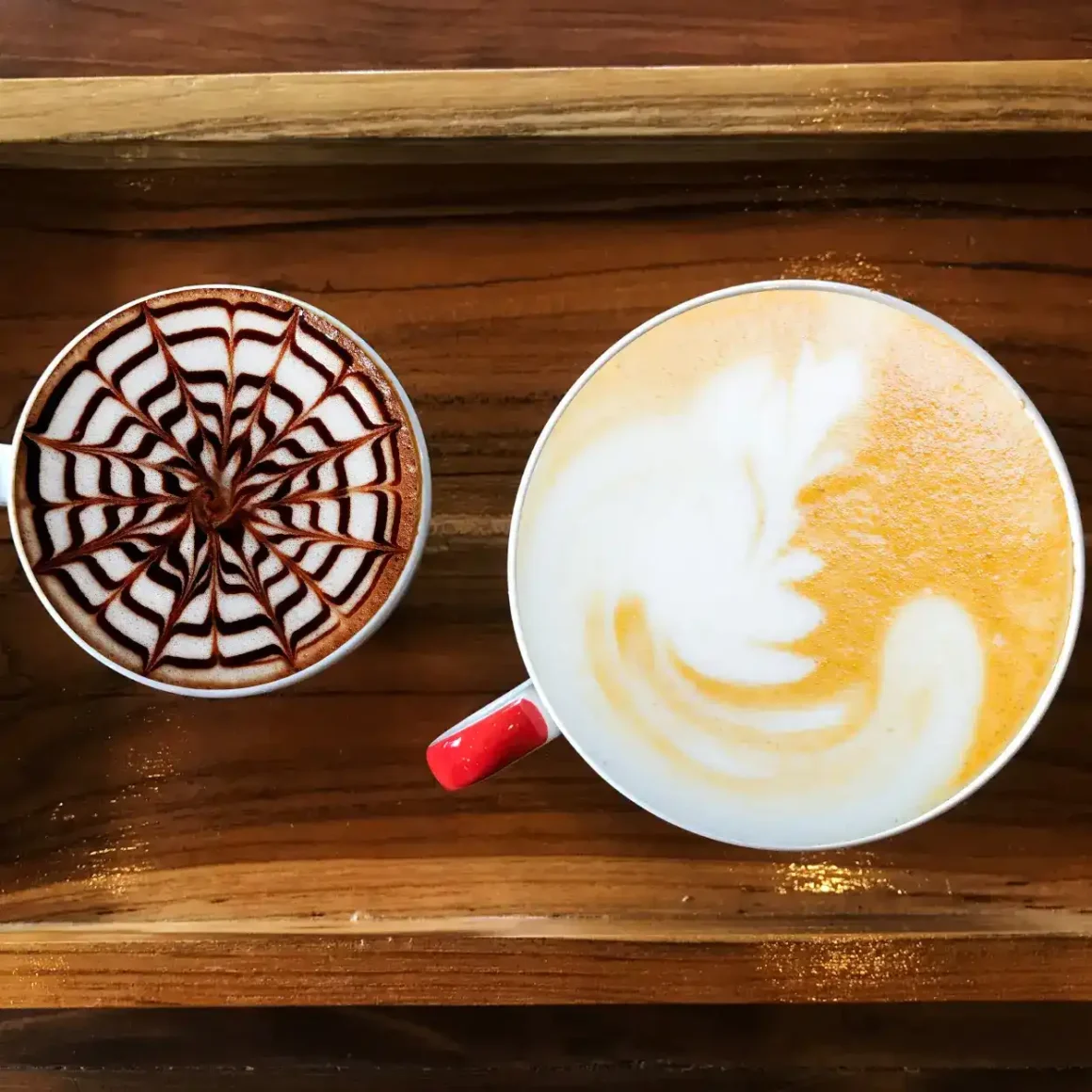
Choosing between these coffee drinks can be a delightful dilemma for coffee enthusiasts. This decision often depends on various factors, including personal taste preferences, the season, expert advice, and health considerations. This guide will help you navigate these aspects to determine which beverage suits you best.
Factors to Consider
When deciding between a mocha and a latte, several key factors should be taken into account:
- Flavor Profile: Mochas are chocolatey and typically sweeter, while lattes are more focused on the coffee flavor with a creamy texture.
- Caffeine Content: Both drinks contain caffeine, but the amount can vary based on the number of espresso shots and the type of coffee beans used.
- Caloric Intake: Mochas generally have more calories due to added chocolate and potential toppings like whipped cream.
Personal Preferences
Your personal taste preferences play a crucial role in your choice:
- Taste for Sweetness: If you prefer sweet and rich flavors, a mocha might be more appealing.
- Desire for Pure Coffee Flavor: If you enjoy the taste of coffee itself, a latte would be a better choice.
- Texture Preference: Consider whether you prefer the creamy texture of a latte or the slightly denser feel of a mocha.
Seasonal Choices
Seasonal preferences often influence coffee choices:
- Warm vs Cold Months: A hot mocha might be more comforting in cold weather, while an iced latte can be refreshing in warmer months.
- Seasonal Coffee Flavors: During certain seasons, special flavors are added to both mochas and lattes, like pumpkin spice in the fall, adding a festive touch.
Expert Recommendations
Coffee experts and baristas can provide valuable insights:
- Barista Advice: They can suggest variations based on the time of day or your flavor preferences.
- Quality of Ingredients: Experts can guide you towards high-quality coffee beans and chocolate, enhancing the overall experience.
Health Considerations
Health factors are also important when choosing between these two drinks:
- Sugar Content: Mochas generally have higher sugar content due to chocolate and sweeteners.
- Dairy Alternatives: For those with dietary restrictions, both mochas and lattes can be made with plant-based milks. (3)
- Calorie Consideration: If calorie intake is a concern, a latte may be a more suitable option.
Deciding between both beverages comes down to personal taste, seasonal preferences, expert recommendations, and health considerations. Whether you’re in the mood for a sweet, chocolate-infused treat or a creamy, espresso-focused beverage, both options offer unique and satisfying coffee experiences. Consider these factors to find the perfect coffee match for your palate and lifestyle.
Conclusion
In conclusion, the latte vs mocha debate is more than just a choice between two coffee drinks; it’s a reflection of personal preference and taste. While lattes offer a smooth, subtle espresso flavor accented with creamy milk, mochas provide a rich, chocolate-infused experience blended with the robustness of coffee. Understanding the key differences between these two popular beverages, from their base ingredients and flavor profiles to their serving styles and customization options, allows coffee enthusiasts to appreciate the unique qualities each has to offer. Whether you lean towards the elegant simplicity of a latte or the indulgent sweetness of a mocha, both drinks hold a special place in the coffee community.
FAQ
How do mocha and latte ingredients differ?
Mocha ingredients include espresso, chocolate, and milk, often topped with whipped cream, while latte ingredients are simpler, consisting of just espresso and steamed milk.
Which has more caffeine, mocha or latte?
Generally, both drinks have similar caffeine content, which mainly depends on the amount of espresso used in the drink.
Are there decaffeinated options for both mocha and latte?
Yes, both beverages can be made with decaffeinated espresso, offering a low-caffeine alternative for both drinks.
Can you make these coffee drinks at home?
Yes, with the right equipment (like an espresso machine and a milk frother), both coffee drinks can be made at home.













